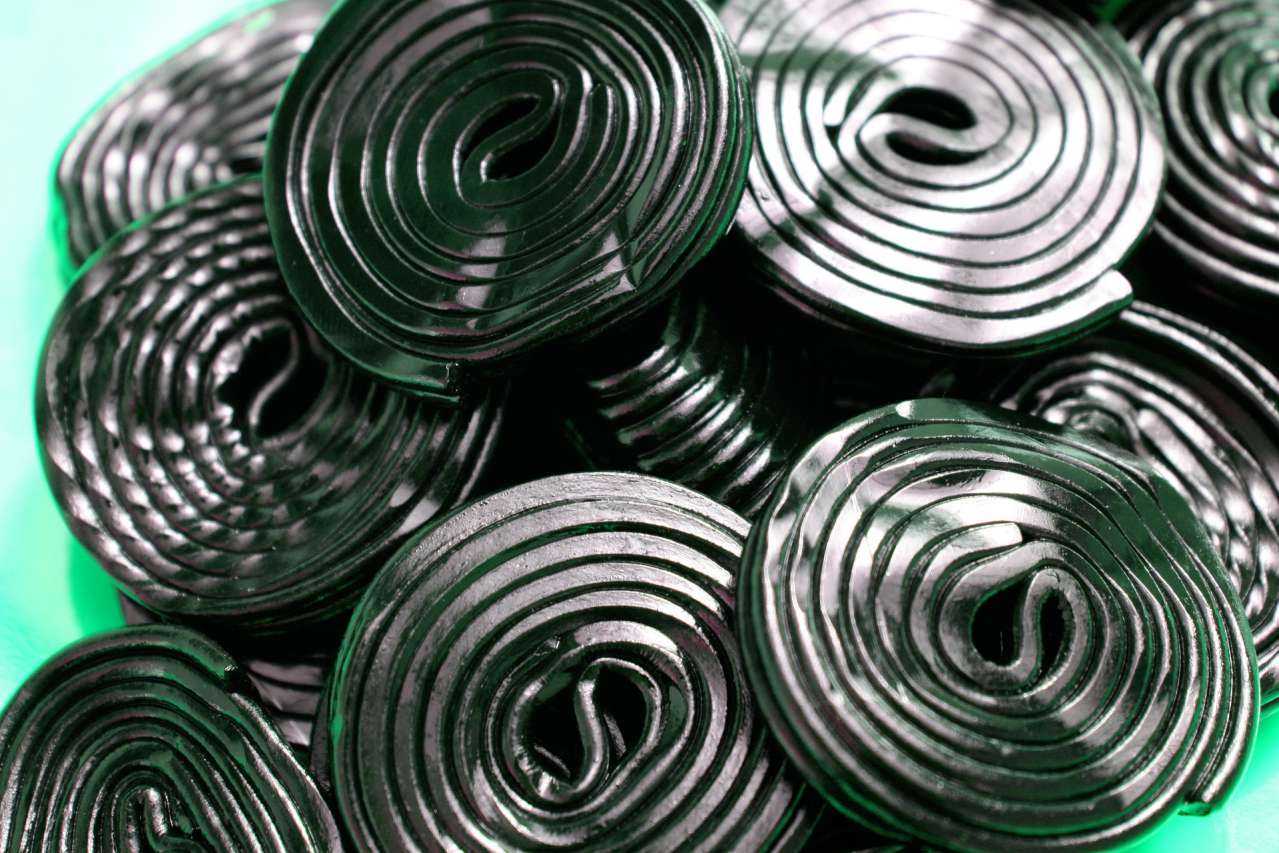Licorice: Health Benefits
Licorice contains many different plant compounds. Nevertheless, the main active compound is glycyrrhizin.
Because of it, the root has a sweetish taste, and it is also responsible for its antioxidant, anti-inflammatory and antimicrobial properties.
How is black licorice made
Liquorice has a herbaceous-sour-salty-sweet taste.
Licorice essential oil has a rich honey-balsamic aroma with anise notes.
To obtain them, the sweet root is boiled for a long time until it forms a syrup, wheat flour, charcoal and sugar are added.

This produces a sticky, bittersweet, black candy.
What are the health benefits of licorice
Licorice has bactericidal, expectorant and antispasmodic properties, helps against intestinal diseases and colds, and is used for medicinal purposes for diseases of the upper respiratory tract, gastritis and ulcers, allergic dermatitis, and diabetes.
Numerous studies have shown that this miracle plant can do even more.
Evidence has been found for the anti-inflammatory, antiviral and antibacterial effects of licorice root extract.
In addition, licorice stimulates the immune system and blocks free radicals.
It contains B vitamins and other elements vital for the normal functioning of the body.
Systematic consumption of the treat allows you to: improve the functioning of the respiratory system.
Who shouldn't have licorice
You should not consume licorice or products that contain it if you are prone to swelling.
People with type 2 diabetes mellitus, third-degree obesity and morbid obesity, when their body weight is very large, are better off avoiding such treats.
